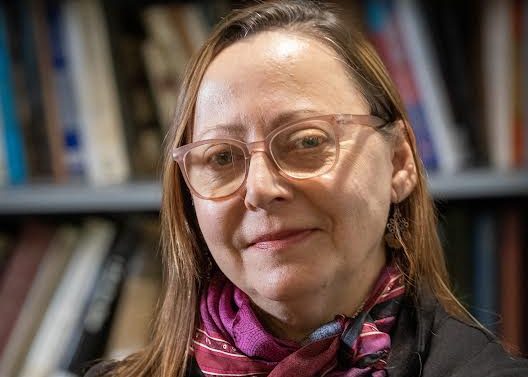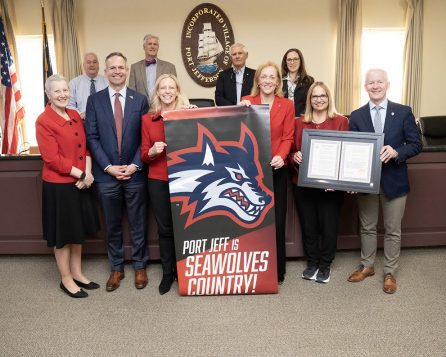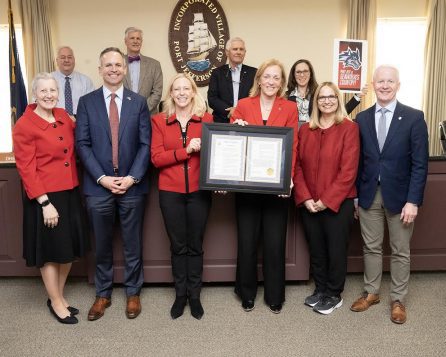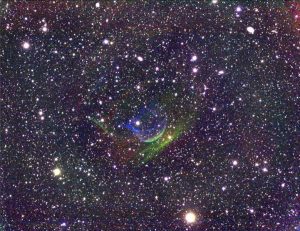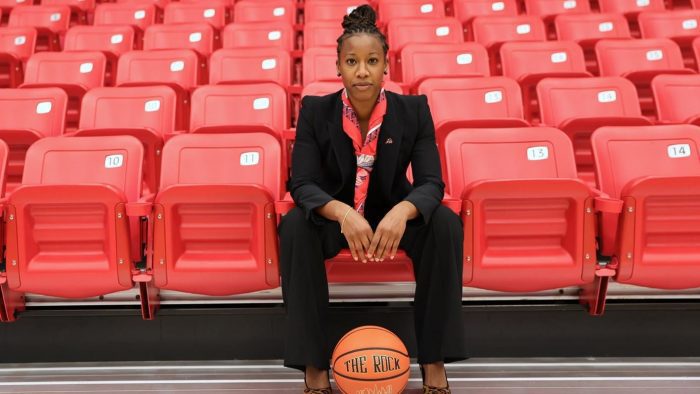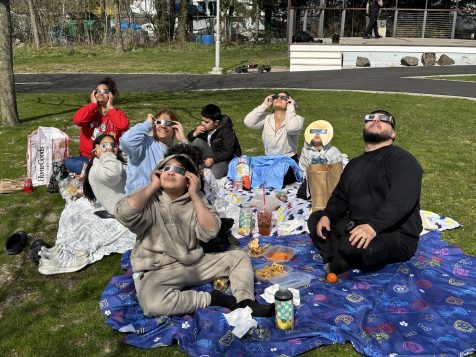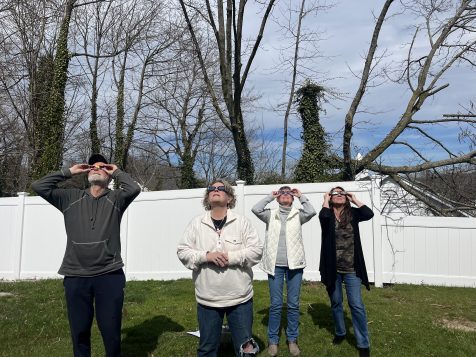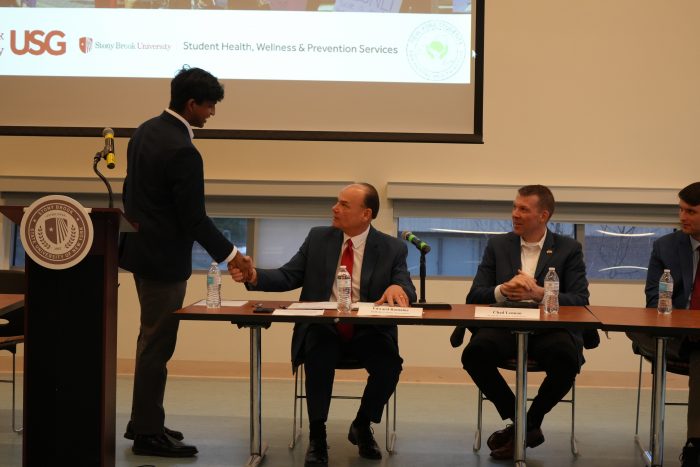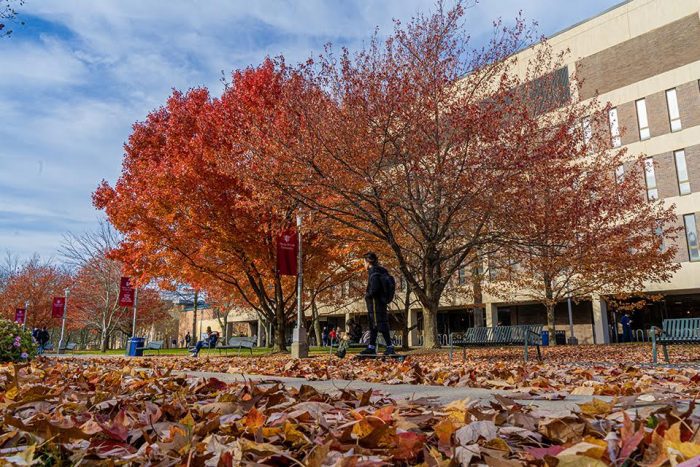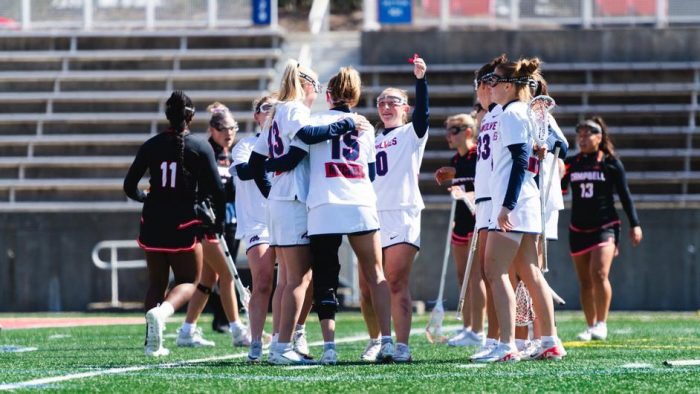In March 2024, Izabela Kalinowska-Blackwood, associate professor in the Department of English and affiliated faculty in the Department of Languages and Cultural Studies at Stony Brook University, was awarded a Fulbright U.S. Scholar Program teaching grant for the 2024-2025 academic year. She will engage in teaching and research at the Centre for East European Studies at the University of Warsaw, a leading institution known for its significant contributions to regional academic discussions and for its journal publications.
Each year, the Fulbright Scholar Program, the United States’ flagship program of international educational and cultural exchange, awards more than 1,700 fellowships, including 800 U.S. Scholars who travel abroad as part of the educational exchange program. The Fulbright Program provides opportunities for participants to engage in a cultural and educational exchange in a country abroad, bridging host countries and scholars that facilitate international dialogue and foster connections while researching and teaching in a field of the scholar’s choosing.
“This is a highly prestigious award, sponsoring research on some urgent issues, and we are proud of Professor Kalinowska-Blackwood for this achievement,” said Benedict Robinson, professor and chair of the Department of English in the College of Arts and Sciences at Stony Brook. “It’s also a significant boost for the international visibility of humanities research coming out of Stony Brook. This is not only great news for Professor Kalinowska-Blackwood, but also for the Department of English and for Stony Brook University as a whole.”
As a Fulbright Scholar, Kalinowska-Blackwood will represent Stony Brook University and the United States in a collaborative role abroad as a researcher and teacher. While in Poland, she will focus on post-coloniality and decolonization in her teaching and research activities. Additionally, Kalinowska-Blackwood is co-authoring a book titled, “Conversations about Poland and Ukraine after February 2022,” aiming to shed light on the wave of migrations to Poland in the wake of Russia’s aggression against Ukraine.
“I am honored and I greatly appreciate this opportunity to be affiliated with the Centre for East European Studies,” Kalinowska-Blackwood said. “Fostering academic collaborations between the United States and Poland is particularly important today, at a time of growing political tensions in the region. Humanities and social sciences can play a vital role in helping the public understand complex cultural and political issues and in facilitating informed dialogues.”
At Stony Brook University, Kalinowska-Blackwood is focused on research in Comparative Slavic studies, including interests in Polish and Soviet/Russian cinema, gendered notions of identity, nationalism, colonial and post-colonial studies, Orientalist discourses, as well as Polish and Russian travel to the East.
She received her MA in English Philology from the Adam Mickiewicz University in Poznan, Poland, continued her studies at the Freie Universität Berlin as a graduate student at the Kennedy Institute, and completed her PhD in comparative Slavic literature at Yale University. Kalinowska-Blackwood has been a professor at Stony Brook University since 1998.

